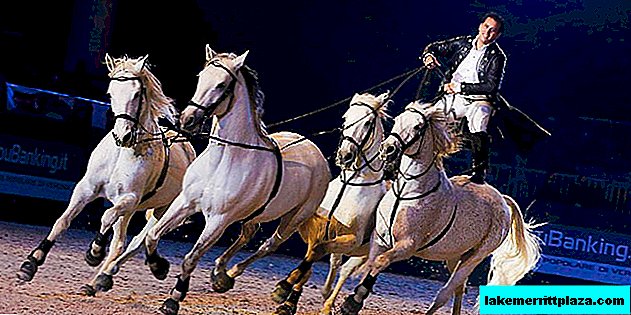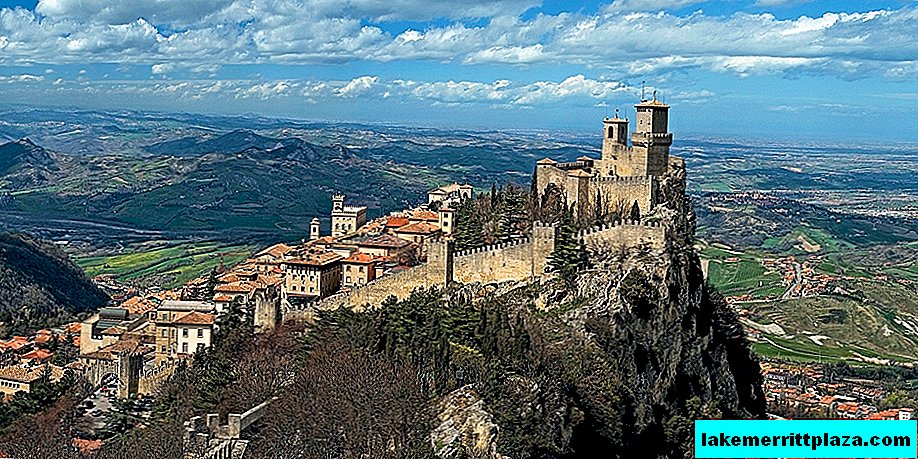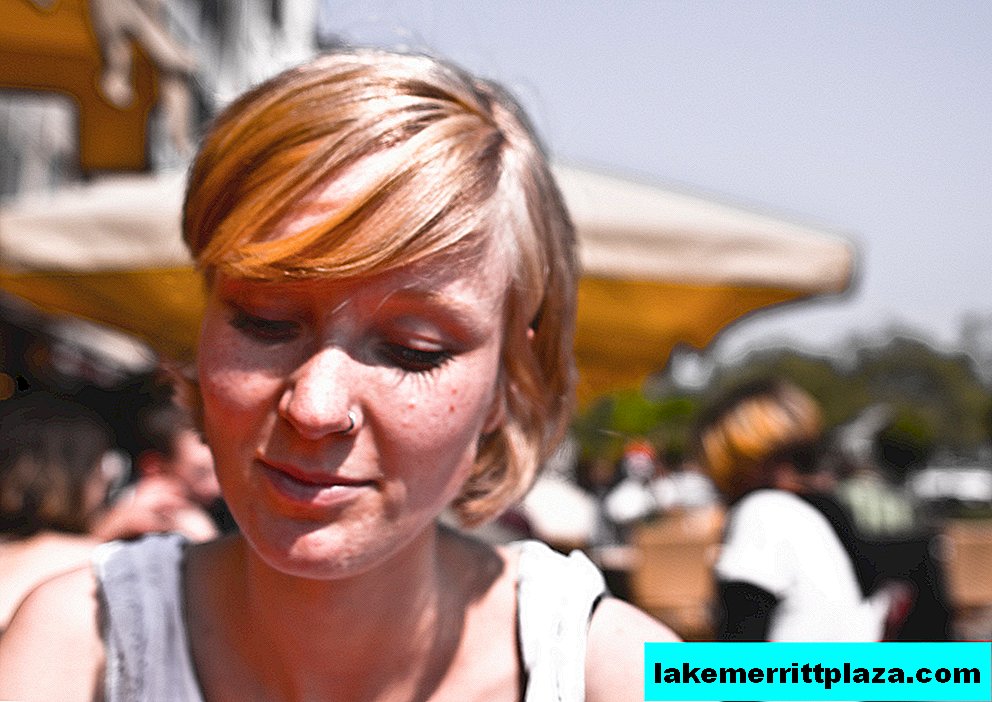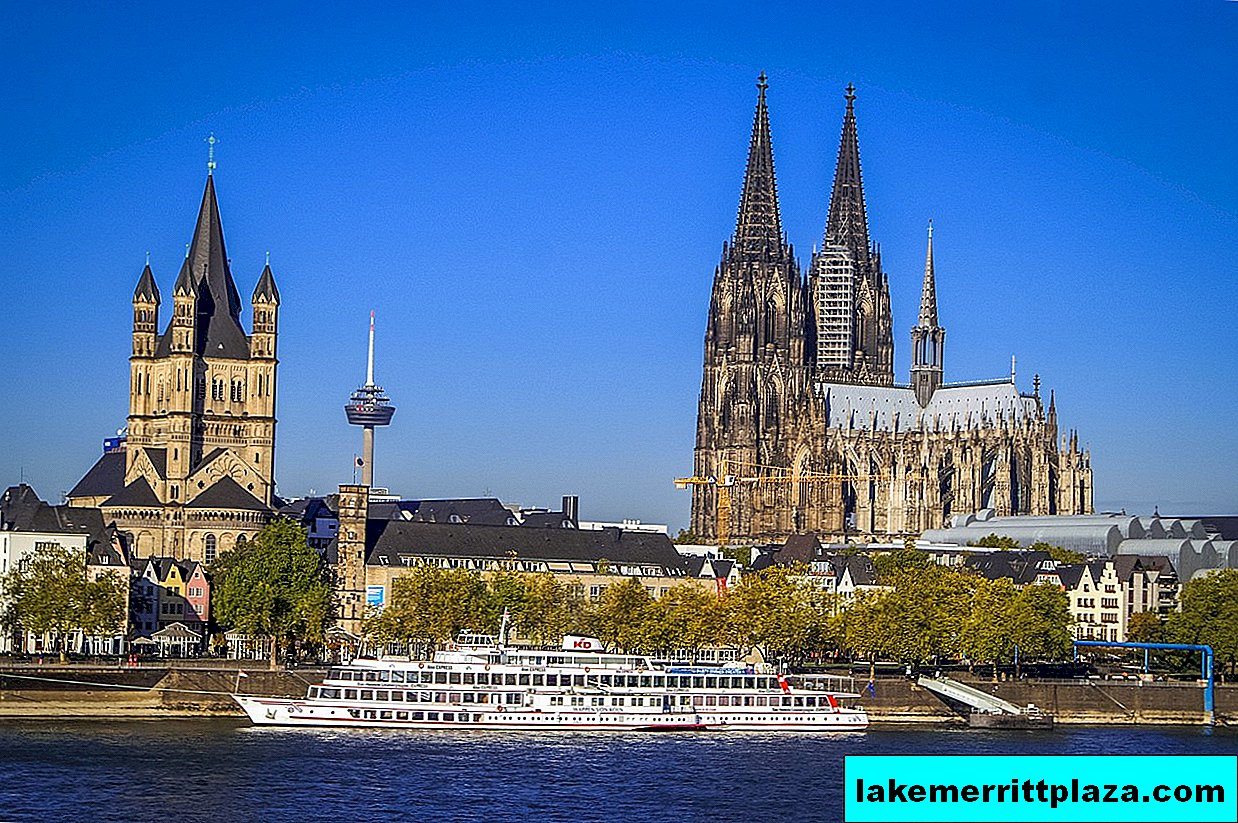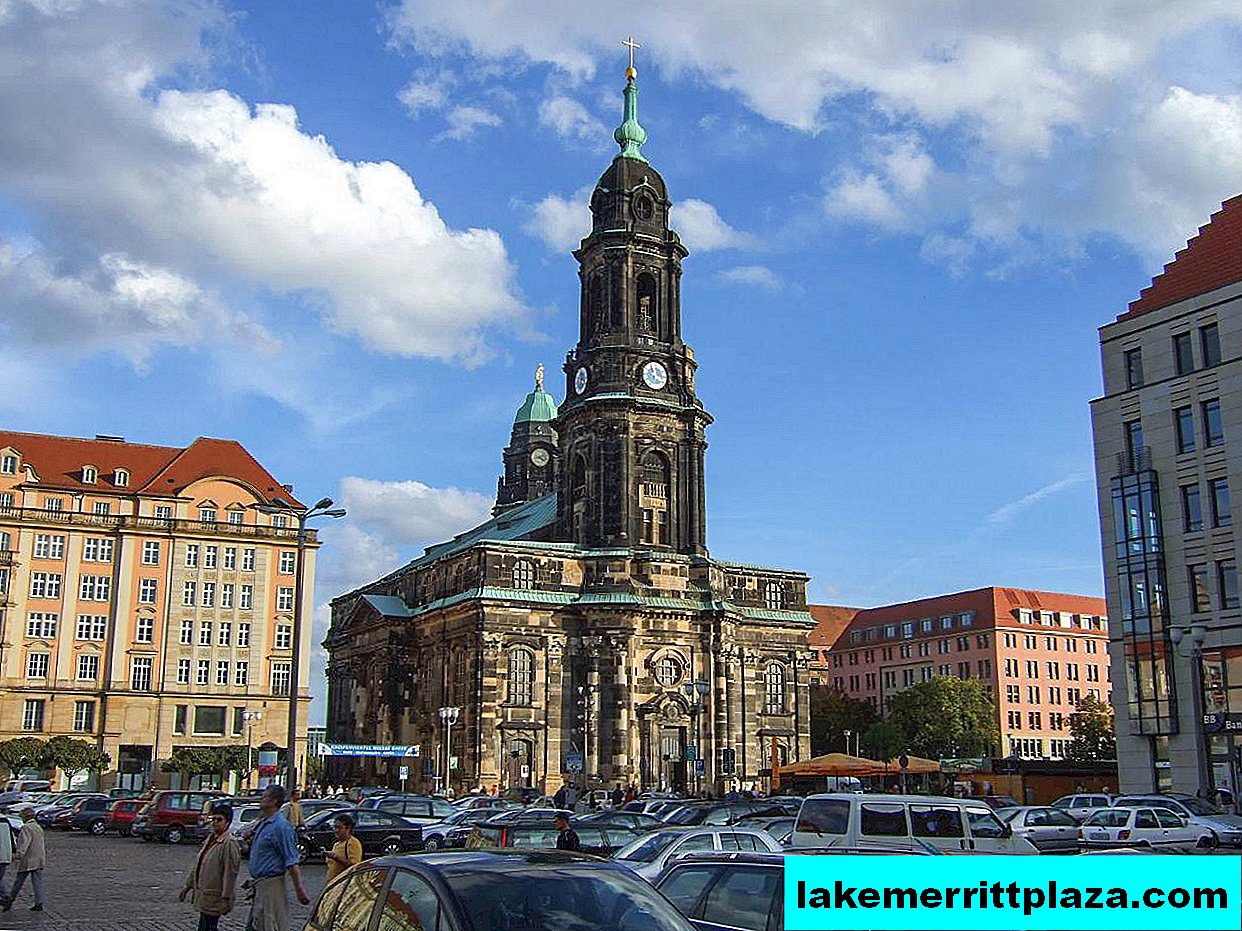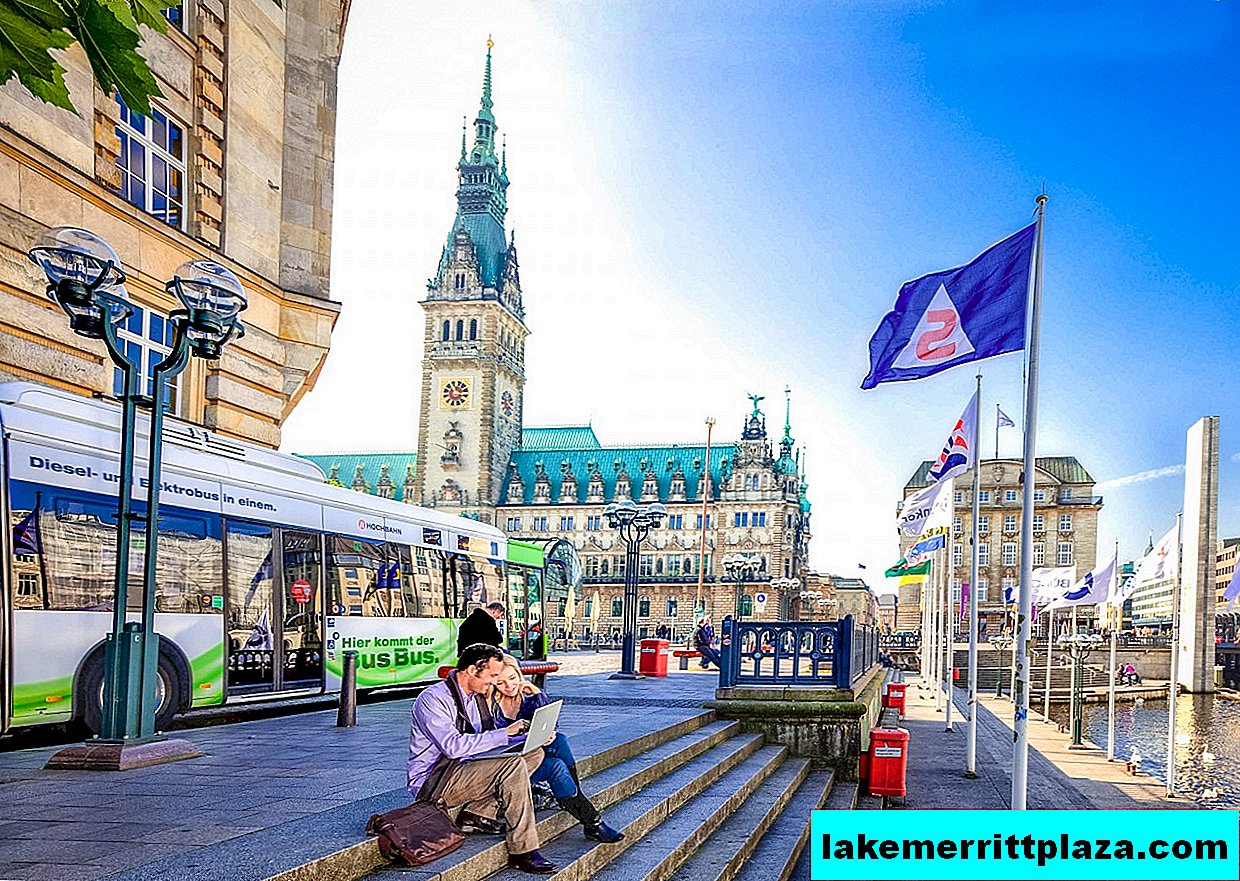The Old National Gallery is an ideal example of how to show one of the best collections of paintings without overloading the brain in excess of the number of paintings - a collection of German masters of the 18th - early 20th centuries. The gallery also presents filigree sculptures. And the addition to the rather austere German art, so to speak, "cherry on the cake" - the French impressionists.

Old National Gallery (Alte Nationalgalerie), photo Timm aus Kiel
The Old National Gallery (Alte Nationalgalerie) is one of the five museums on Museum Island in Berlin. Works from the collection of the Prussian Cultural Heritage Foundation (Stiftung Preußischer Kulturbesitz) are presented here.
Old National Gallery - Museum Island Treasure
The history of the gallery began in 1861, when the banker Johann Heinrich Wagener presented 262 paintings. They were first placed at the Academy of Arts. In 1865, the meeting moved to a new building in the style of a Roman temple with an apse, built in 1869-1876 according to the sketches of King Friedrich Wilhelm IV and a project by architect Friedrich August Stüler.
During the Second World War, the museum building was significantly damaged. Only by 2001, the gallery was completely restored. The museum building has retained its original appearance. But the interiors were changed and adapted to the requirements of the exhibition: new halls appeared on the top floor, where exhibits of the Romantic era were placed. In 2010, the Colonnade Courtyard opened in front of the main entrance to the gallery.
Exposition

In the gallery hall, photo by Stanislav Kozlovskiy
The exhibits of the Old National Gallery belong to different time periods: classicism, romanticism, impressionism and early modernism. Particularly detailed and fully represented is the painting of German masters of the 18th - early 20th centuries. Pleasing and a few, but very remarkable sculptural work. In the gallery, everyone will find a work for themselves that can captivate the world of beauty and depth conveyed by the artist.
The style of classicism and romanticism in the gallery is represented by Karl Blechen, Karl Friedrich Schinkel, Caspar David Friedrich.
Biedermeier and French Impressionism - Claude Monet and Edouard Manet.
Early Modernism - Lovis Corinth, Max Lieberman and Adolf von Menzel.
The gallery is known for its collection of French and German impressionists of the 19th century, there are famous works by the German artist Adolf von Menzel, who lived in Berlin (1815-1905).
Tourists take a lot of time to view the exhibition: from Cezanne to Pissarro, from Degas to Delacroix, from Monet to Van Gogh. And it's worth it! Particular attention should be paid to the work of Max Beckmann and Max Lieberman.

The Iron Rolling Plant by Adolf von Menzel (1875)

"Monk by the Sea" by Caspar David Friedrich (1808-1809)

Sculpture "Crown Princess Louise and Princess Frederick" by Johann Gottfried Schadov (1795), photo by Manfred Brückels
Gallery Hours
Mon closed;
VT-SR 10:00 - 18:00;
Thu 10:00 - 20:00;
Fri-Sun 10:00 - 18:00.
Tickets
The cost of a full ticket is € 10.00,
preferential - € 5.00.
On the Museumsinsel map (Pergamon Museum, Bode Museum, Old Gallery, New and Old Museums):
full - € 18,
preferential - € 9.
2017 prices. Actual information here. Tickets are better to buy online.
How to get there
Take the U2 underground line to the Spittelmarkt, Märkisches Museum, Hausvogteiplatz or Klosterstraße stations; Line U6 - to the station Friedrichstraße.
By city train lines S5, S7, S9, S75 - to the station Hackescher Markt; lines S1, S2, S25 - to the station Friedrichstraße.
By tram M1, M12 - to the stop Am Kupfergraben; M4, M5, M6 - to the Hackescher Markt stop.
By TXL bus to the Staatsoper stop; No. 100, 200 to Lustgarten; No. 147 to Friedrichstraße)
How do I save on hotels?
Everything is very simple - look not only at the booking. I prefer the search engine RoomGuru. He is looking for discounts at the same time on Booking and on 70 other booking sites.

